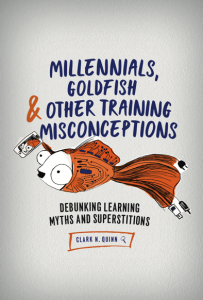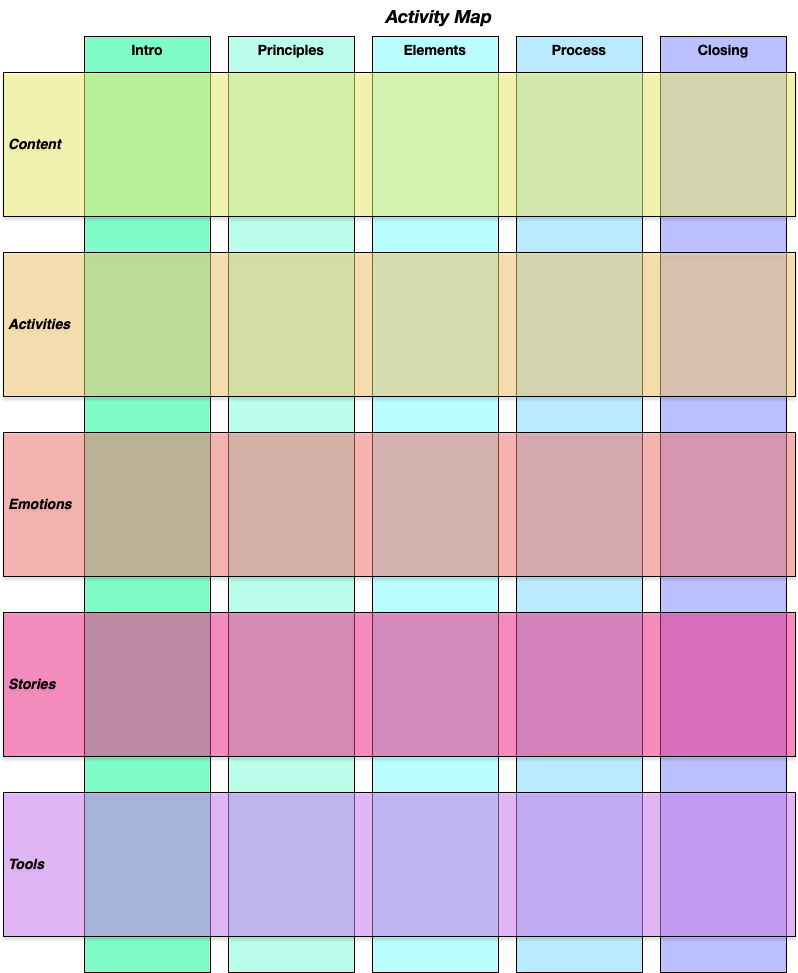I’ve been pondering more about curiosity and ‘making it meaningful’ and how we might work on motivation to make learning truly meaningful. I’v come up with a rough cut. So, here’s a proposal for a heuristic approach to motivation.
As I mentioned, the desired true intrinsic motivation may be a goal too far. When possible, perhaps in a deeply specialized field, I’d go for it. In fact, that’s my first recommendation:
1. If there‘s a surprising answer to a question that‘s directly relevant, use it
I’ve seen folks do this by asking questions that the audience is likely to choose one answer, and it’s counter-intuitively wrong. Here, it has to be directly relevant to the question! For instance, asking in a ‘how to do multiple choice right’ class what they think is the right number of choices (turns out: 3). This is close to true intrinsic motivation, because folks interested in the topic might be surprised about the result, and therefore inquisitive. Surprise is great if you can get it!
However, that’s not assured. My second step is a bit more complex, but still straightforward. Here, I’m shooting for the level below intrinsic motivation, and looking for a recognition that someone does need it. Thus, second step is:
2. If there‘s either of the following –
a. Stats demonstrating meaningful aggregate consequences of solving, or not
b. A vivid consequence of solving, or not
– go with it
That is, if you can find either data, or a very visceral personal response, you use that to help people get that it’s important. It’s playing on the consequences of having, or not, the knowledge. (Which is something I talk about in my LXD workshops, and in my forthcoming one, stay tuned.)
Again, it has to be meaningful to the domain. Which brings up my last suggestion:
3. If neither, maybe this isn‘t needed!
Reallly, if you can’t find some reason why this is intrinsically important, why are you doing it? Even for compliance training, there’s a reason. Tap into it! Or you’re likely to be wasting time and money. (Give me counter examples, I invite you!)
I’m not sure what order 2a and 2b should be in. Maybe that depends on the audience (individualist vs collectivist?). Still, this is my first stab a heuristic approach to motivation, and I invite your feedback. Make sense, or off track?


